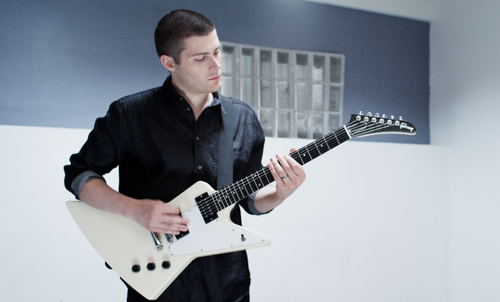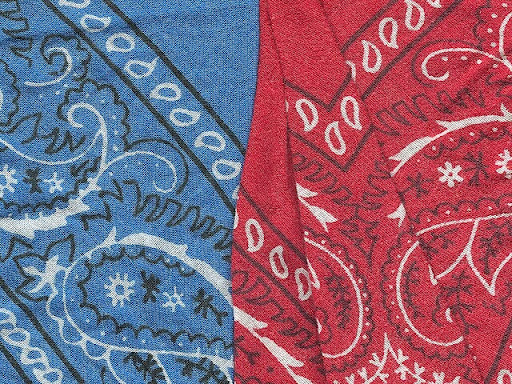While the remix is most often associated with dance music, any active music listener will notice that remixes don’t always have to be made in mind of creating a dance-floor ready rework. One of the pioneers of this development in the history of remixing is André Allen Anjos, the founder of RAC. While RAC formerly stood for “Remix Artist Collective” and included other members, it is now Anjos’s solo project.
What is notable about RAC is that it is an indie-electronic project that deviates away from traditional club-inspired remixes. RAC tends to expand on the musical arrangement of original songs, adding in elements which further accent the genre that the song identifies with.
For example, listening to RAC’s remix of “Home” by Edward Sharpe & The Magnetic Zeros recalls the original song quite prominently. There are no vocal chops, re-edits over the original vocals or rearrangements of the lyrical content. Instead, RAC reshapes the track by adding in some shakers and a twinkling guitar melody that serenades listeners in a way that emphasizes both the warmth and quirky nature of the original song.
“Home” was featured on RAC’s 2012 remix compilation, “Chapter One,” along with many other remixes of popular songs from notable indie-alternative rock ensembles such as “Armistice” by Phoenix, “Sleeping Lessons” by The Shins and “Something Good Can Work” by Two Door Cinema Club. The opening of RAC’s rework of “Armistice” incorporates a creative, 80s-inspired synth hook which later flourishes into a series of electronic-inspired sounds, giving the song a playful personality while still retaining the very distinct, rock identity of the original track. With “Sleeping Lessons,” a dreamy song evoking images of blue skies and puffy clouds, RAC focuses on the original echoey synth melody opening by replacing it with a plucky guitar that actually works to simplify the song in the way that an acoustic cover of the song would do. And with RAC’s remix of “Something Good Can Work,” the percussion of the original is swapped for more bright-sounding claps and electronic sounds which still retain all the catchy moments of the original song.
RAC’s remixing work has not gone unnoticed. Besides contributing to the vast remix world a refreshing and eclectic style built on taking inspiration already within an original song, RAC was recently nominated during the past Grammys season for his remix of popular electronic duo ODESZA’s song, “Say My Name.” With this remix, Anjos takes full advantage of the signature vocal clips that are at the foundation of the original song by masterfully creating an underlying acoustic guitar and tambourine-driven layer to the track, which particularly highlights these clips.
RAC’s accomplished work on “Chapter One” snowballed into a full-length original album released in 2014 called “Strangers”. Luckily, RAC’s identity as a tasteful curator and remixer of popular alternative songs was kept on this album, and appearances were made by some of the artists whom RAC had actually remixed from “Chapter One” such as Tegan and Sara, Penguin Prison and Tokyo Police Club. Other recent ventures that RAC has taken include writing an original soundtrack for the video game “Master Spy” and releasing a series of monthly singles on Soundcloud featuring the voices of a diverse range of artists from different genres.
In the world of electronic and dance music, RAC is quickly approaching the status of a skilled craftsmen who has had plenty of time to weave and guide the ropes. Nowadays, there are plenty of people who are creating remixes of popular tracks without having to make it a full-blown dance hit. Amongst these music-makers is Norwegian superstar producer Kygo, whose remixes of pop tracks such as Ed Sheeran’s “I See Fire” and Marvin Gaye’s “Sexual Healing” helped to launch the 24-year-old producer into the spotlight, becoming the fastest artist to hit one billion streams on Spotify.
Yet without the unique techniques of producers such as RAC, remixes in our modern era could not achieve their multidimensional status as something that could work the dance floor or act to create a more introspective look on an original track. We should have nothing but gratitude for RAC, who helped spearhead this progression in our current music era.
Photo courtesy of Michael Dwyer




